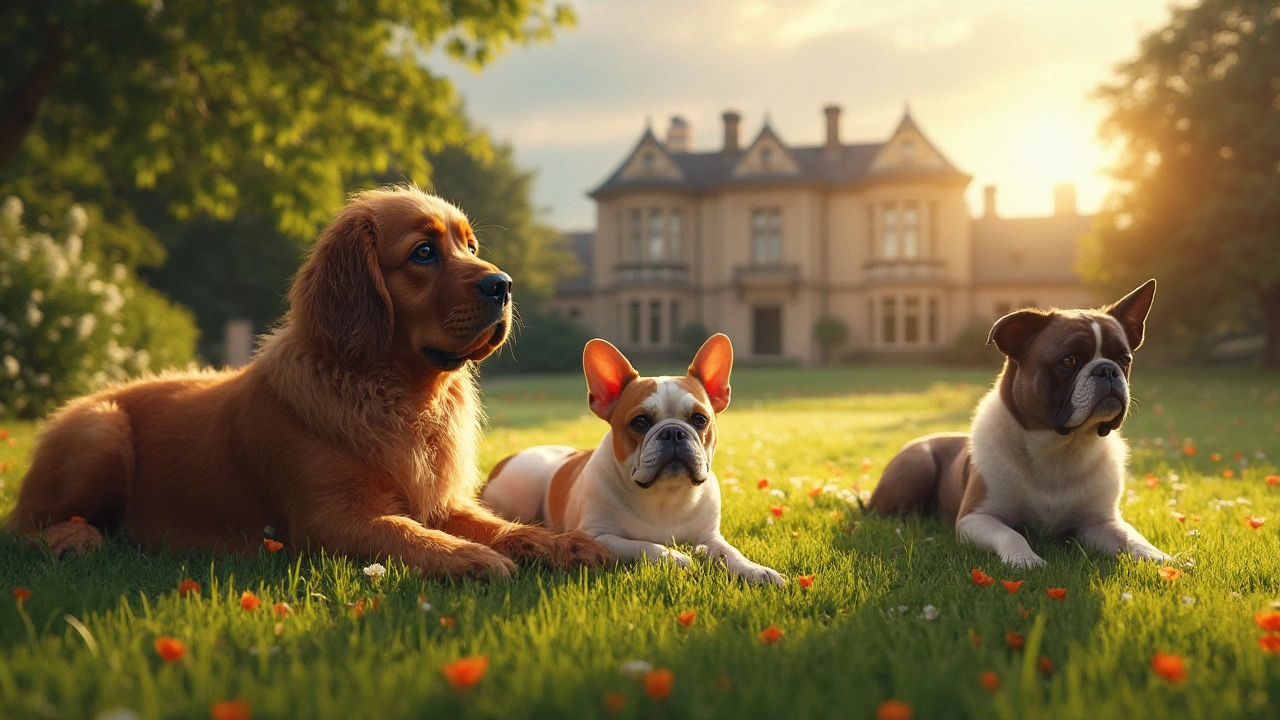Dog Tips, Guides & Products
Welcome to the one‑stop spot for everything dog‑related at Nelson's Equestrian. Whether you’re looking for feeding advice, travel tricks, or grooming hacks, we’ve got short, useful tips you can use today. No fluff, just real help for you and your pup.
Everyday Care Basics
Feeding your dog right starts with knowing the ingredients. Our review of Beneful breaks down what’s in the bowl, how it matches AAFCO standards, and which life stage it suits. If you’re switching from puppy to adult food, check the signs of maturity – slower growth, calmer energy, and a need for more balanced nutrients. A smooth transition means mixing a bit of the new kibble with the old over a week.
Grooming can feel like a marathon, but most solo groomers handle four to eight dogs a day. Use a simple timetable: start with a quick brush, then move to bath, ears, and nails. Keep each step under ten minutes and you’ll finish without burnout. If your dog whines during grooming, watch for stress signs like tucked tail or rapid breathing. A calming collar or a soft voice can make a big difference.
Dental health is often overlooked. A small chew toy or a dog‑friendly dental stick after meals can cut plaque. Just make sure the chew is sized for your pup – too big can cause choking, too small can break teeth.
Travel & Adventure
Flying with a dog used to be a nightmare, but the 2025 guide shows you how to keep it calm. Choose cabin travel for small breeds, cargo for larger ones, and always have a TSA‑approved carrier. Pack a travel checklist: water bowl, favorite toy, a light snack, and any medication. Give a small amount of Greek yogurt an hour before flight for a probiotic boost, but avoid too much dairy.
Road trips are easier when you stop every two to three hours. Let your dog stretch, sip water, and walk on a leash for a few minutes. A portable harness that discourages pulling keeps the car safe and the ride smooth.
If you’re heading to a beach, not every national seashore welcomes dogs. Look up local rules – some allow leashed dogs only, others have seasonal bans. Pack a sand‑proof blanket and a fresh water bowl, and always clean up after your pup.
When night falls, where should your dog sleep? Science says the choice depends on your dog’s need for security. A crate offers a den‑like feel, while a dog bed near your feet provides calm companionship. Test both and see which makes your dog settle faster.
Finally, if you’re thinking about adding a new puppy, remember the biting phase. Most puppies stop biting around four to six months, but consistent redirection to chew toys speeds the process. Keep training short, fun, and repeat often.
That’s the quick rundown of the most asked‑for dog topics on our site. Dive deeper into any article for step‑by‑step advice, product reviews, and real‑world examples. Happy caring!
The $50,000 Dog: Why Some Breeds Come with a Hefty Price Tag
Some dog breeds come with a staggering price tag of $50,000 due to their rarity, pedigree, and unique features. This article explores what makes these dogs so expensive, offering insights into their grooming needs, unique traits, and the financial commitment involved. Find out how to care for these pricy pups and what to expect when you bring one into your home. This guide is packed with tips for both seasoned dog owners and those thinking of investing in a high-end breed.
